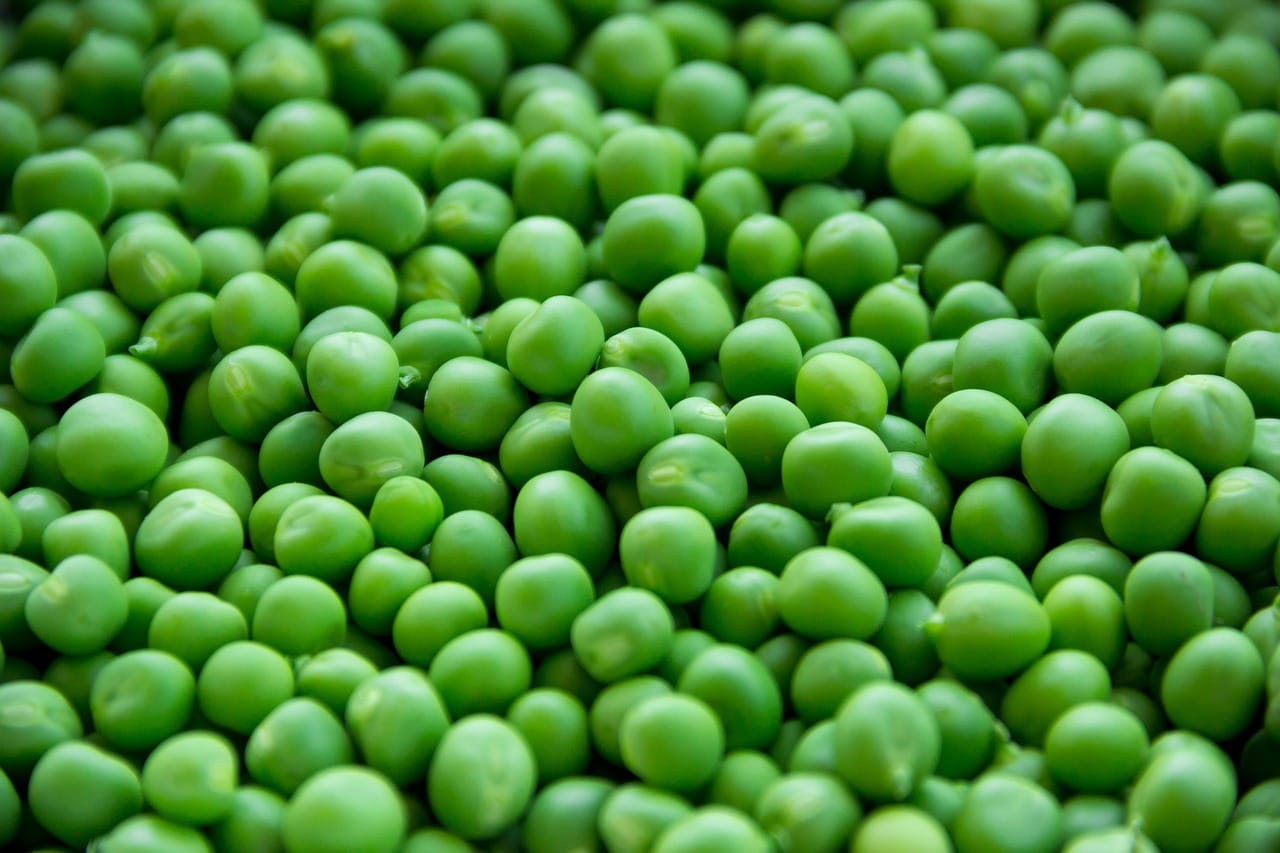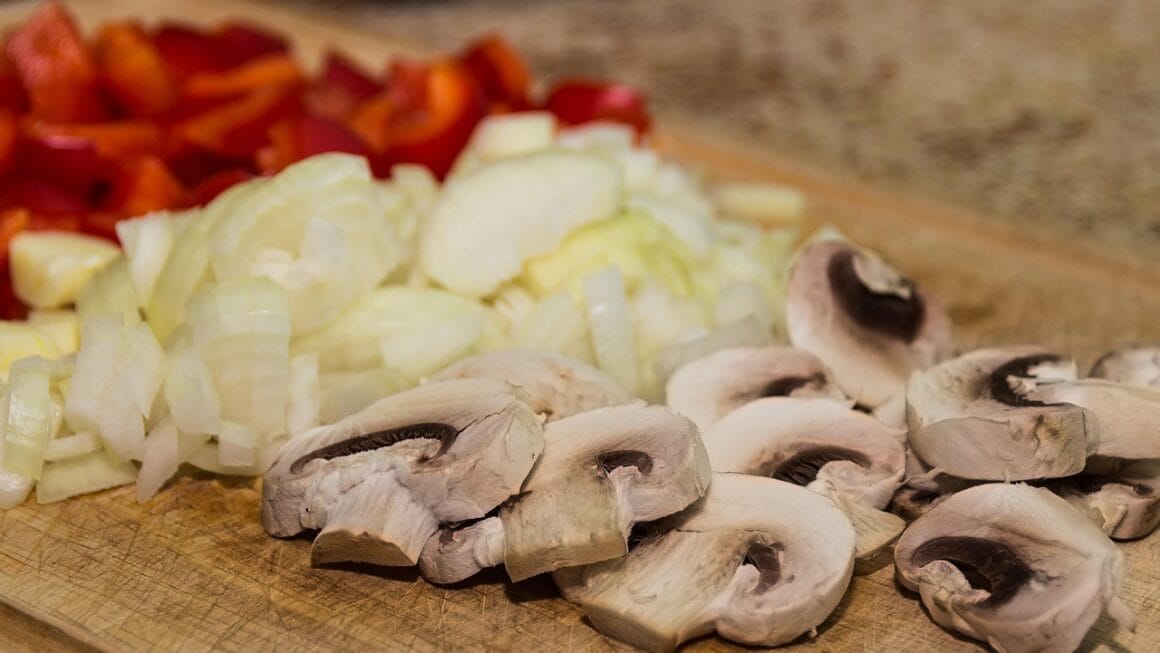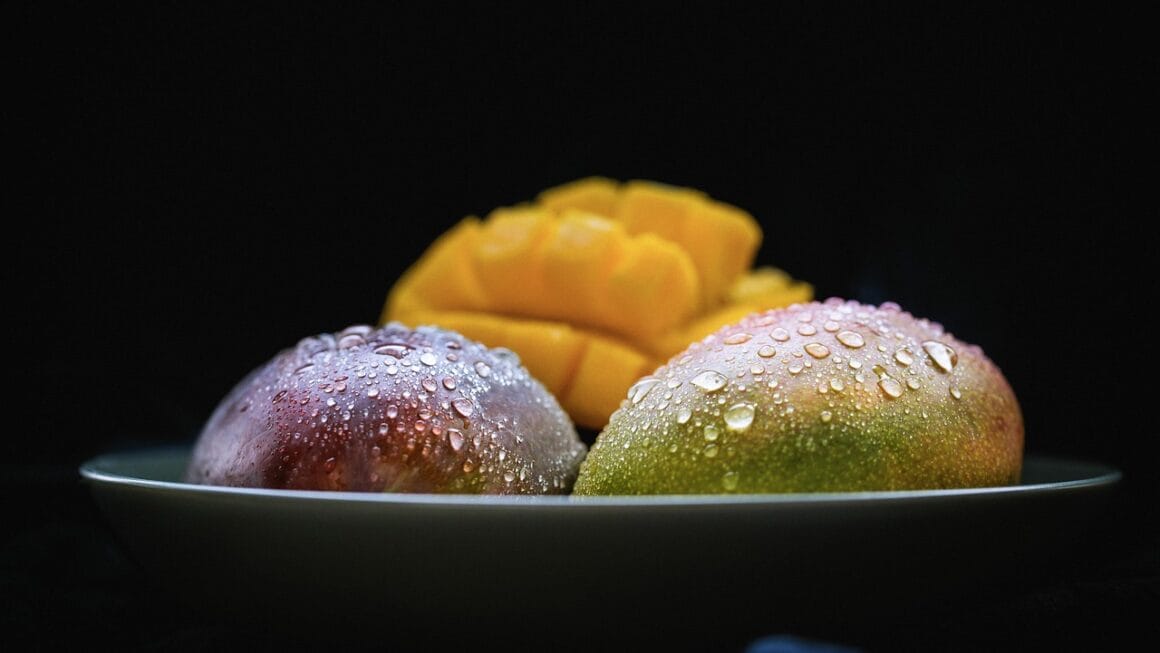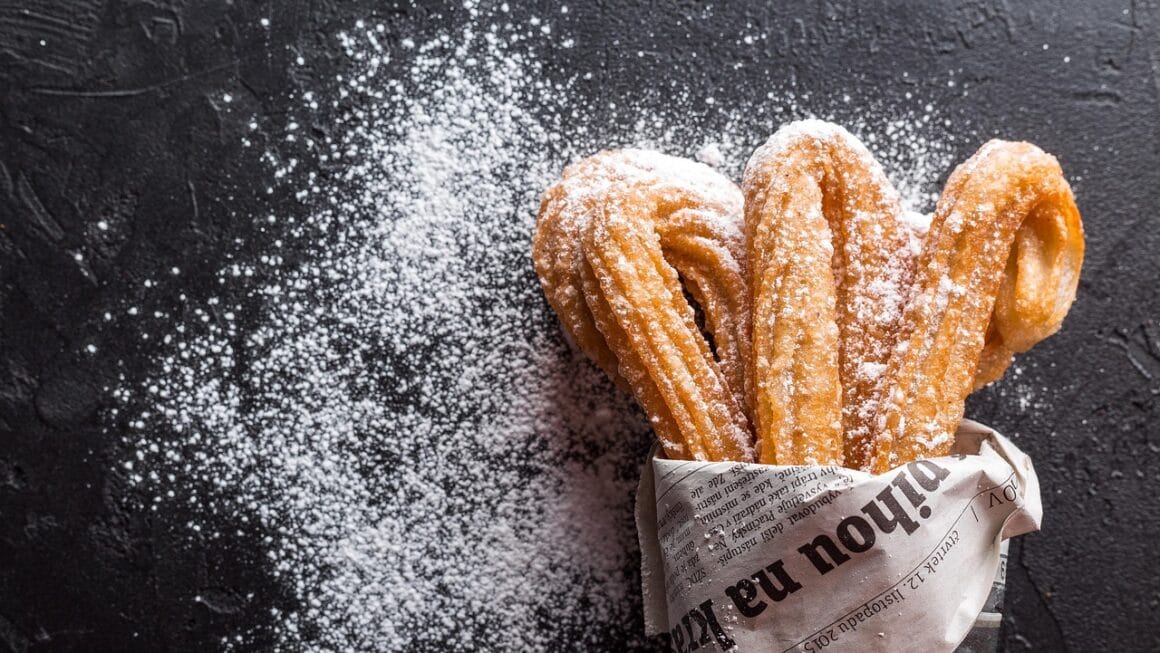Embark on a sensory journey and unlock the secrets held within each cup of tea. Tea tasting, much like wine tasting, is an art form that combines aroma, flavor, and visual assessment to appreciate the nuances and complexities of different tea varieties. Whether you’re a casual tea drinker or a budding connoisseur, understanding the fundamentals of tea tasting will elevate your tea experience and deepen your appreciation for this beloved beverage. Let’s delve into the world of tea tasting and discover how to truly savor every sip.
Preparing for Your Tea Tasting Session
Choosing Your Teas
The foundation of any successful tea tasting is selecting a diverse range of teas to explore. Aim for variety in tea types (white, green, oolong, black, pu-erh), origins (China, India, Japan, Taiwan, etc.), and processing methods.
- Example: Include a delicate white tea like Silver Needle, a grassy green tea like Sencha, a floral oolong like Tieguanyin, a robust black tea like Assam, and an earthy pu-erh like Shou.
- Tip: Start with teas that are relatively familiar to you, then gradually introduce more exotic or challenging varieties.
Gathering Your Equipment
Having the right tools on hand will ensure a smooth and organized tasting experience. Here’s a list of essential equipment:
- Tea cups: Use small, white porcelain cups to best observe the tea’s color and aroma. A separate tasting cup and a judging cup (deeper bowl shape) are ideal for formal tastings.
- Tea brewing vessel: A gaiwan (lidded cup), teapot, or even a simple French press will work.
- Hot water kettle: Precise temperature control is crucial for optimal brewing.
- Timer: To ensure consistent brewing times.
- Spoons: For stirring and sampling the tea.
- Tasting notes: A notebook or pre-printed tasting sheets for recording your observations.
- Water: Filtered water is highly recommended, as tap water can affect the tea’s flavor.
- Palate cleanser: Plain crackers or water to cleanse your palate between teas.
Setting the Stage
Create a calm and distraction-free environment for your tea tasting. Ensure good lighting to properly assess the tea’s color. Avoid strong scents (perfumes, candles) that can interfere with your olfactory senses.
- Tip: Consider playing soft, instrumental music to enhance the ambiance.
The Four Steps of Tea Tasting
Visual Inspection (Dry Leaf)
Begin by carefully examining the dry leaves. Note their shape, size, color, and overall appearance.
- Shape: Are the leaves whole, broken, rolled, or needle-shaped?
- Color: Is the color vibrant or dull? Does it indicate proper processing?
- Aroma (Dry Leaf): Gently inhale the dry leaves. Note any initial aromas, such as floral, grassy, earthy, or fruity notes.
- Example: A high-quality Silver Needle white tea will have long, silvery buds with a slight downy appearance.
Brewing the Tea
Brew each tea according to its specific recommendations. Water temperature and brewing time are crucial factors that can significantly impact the tea’s flavor.
- White Tea: Lower temperature (170-180°F or 77-82°C), shorter steeping time (1-3 minutes)
- Green Tea: Moderate temperature (175-185°F or 79-85°C), shorter steeping time (1-3 minutes)
- Oolong Tea: Variable temperature (190-210°F or 88-99°C), variable steeping time (3-7 minutes)
- Black Tea: High temperature (212°F or 100°C), longer steeping time (3-5 minutes)
- Pu-erh Tea: High temperature (212°F or 100°C), variable steeping time (2-5 minutes)
Visual Inspection (Infused Tea)
After brewing, observe the color and clarity of the tea liquor.
- Color: Ranges from pale yellow to deep amber, depending on the tea type.
- Clarity: Should be clear and free of sediment.
- Infused Leaves: Examine the brewed leaves. Note their color, texture, and aroma. Are they whole or broken? Do they have a fresh or cooked aroma?
- Example: A well-brewed green tea will have a vibrant green or yellowish-green color with good clarity.
Tasting and Evaluation
This is the heart of the tea tasting experience. Take small sips and swirl the tea in your mouth to coat your palate. Pay attention to the following:
- Aroma (Infused Tea): Inhale deeply and identify the dominant aromas.
- Flavor: Note the initial flavor impression (sweet, savory, bitter, sour, umami).
- Body: Describes the tea’s weight and texture in your mouth (light, medium, full-bodied).
- Finish: The lingering aftertaste after swallowing. Is it pleasant, bitter, or astringent?
- Overall Impression: How does the tea make you feel? Is it balanced, complex, or simple?
- Tip: Use descriptive words to articulate your tasting experience. Common descriptors include floral, fruity, grassy, earthy, malty, smoky, and spicy.
Understanding Tea Terminology
Familiarizing yourself with common tea terminology will enhance your ability to describe and understand different tea varieties.
- Astringency: A drying or puckering sensation in the mouth, caused by tannins.
- Body: The weight or texture of the tea in your mouth.
- Brisk: A lively and refreshing quality.
- Floral: Aromas and flavors reminiscent of flowers, such as jasmine, rose, or honeysuckle.
- Fruity: Aromas and flavors reminiscent of fruits, such as citrus, berries, or stone fruit.
- Grassy: Aromas and flavors reminiscent of fresh-cut grass.
- Malty: Aromas and flavors reminiscent of malted grains, often found in Assam black tea.
- Umami: A savory or brothy flavor, often found in Japanese green teas.
Developing Your Palate
Tea tasting is a skill that improves with practice. The more you taste and evaluate different teas, the better you’ll become at identifying subtle nuances and complexities.
- Taste regularly: Make tea tasting a regular habit, even if it’s just for a few minutes each day.
- Take notes: Keep a tea journal to record your tasting experiences.
- Compare and contrast: Taste different teas side-by-side to highlight their differences.
- Experiment: Try different brewing methods and temperatures to see how they affect the flavor.
- Join a tea community: Connect with other tea enthusiasts to share your experiences and learn from others.
- Blind Tastings: Test your palate by trying teas without knowing what they are. This eliminates bias and sharpens your sensory skills.
Conclusion
Tea tasting is a rewarding journey that can deepen your appreciation for this versatile beverage. By following the steps outlined above and dedicating time to practice and experimentation, you’ll unlock a world of flavors and aromas and gain a newfound understanding of the art of tea. So, gather your supplies, brew a cup, and embark on your own tea tasting adventure. Cheers to discovering the endless possibilities that await in every sip!




